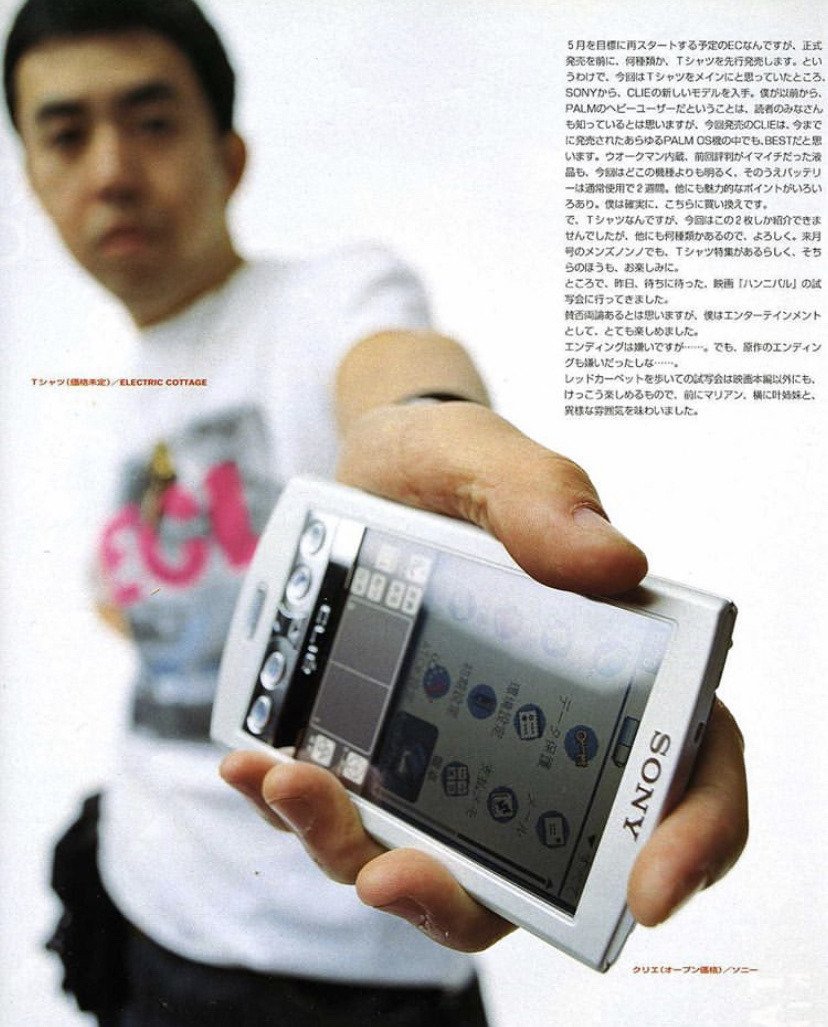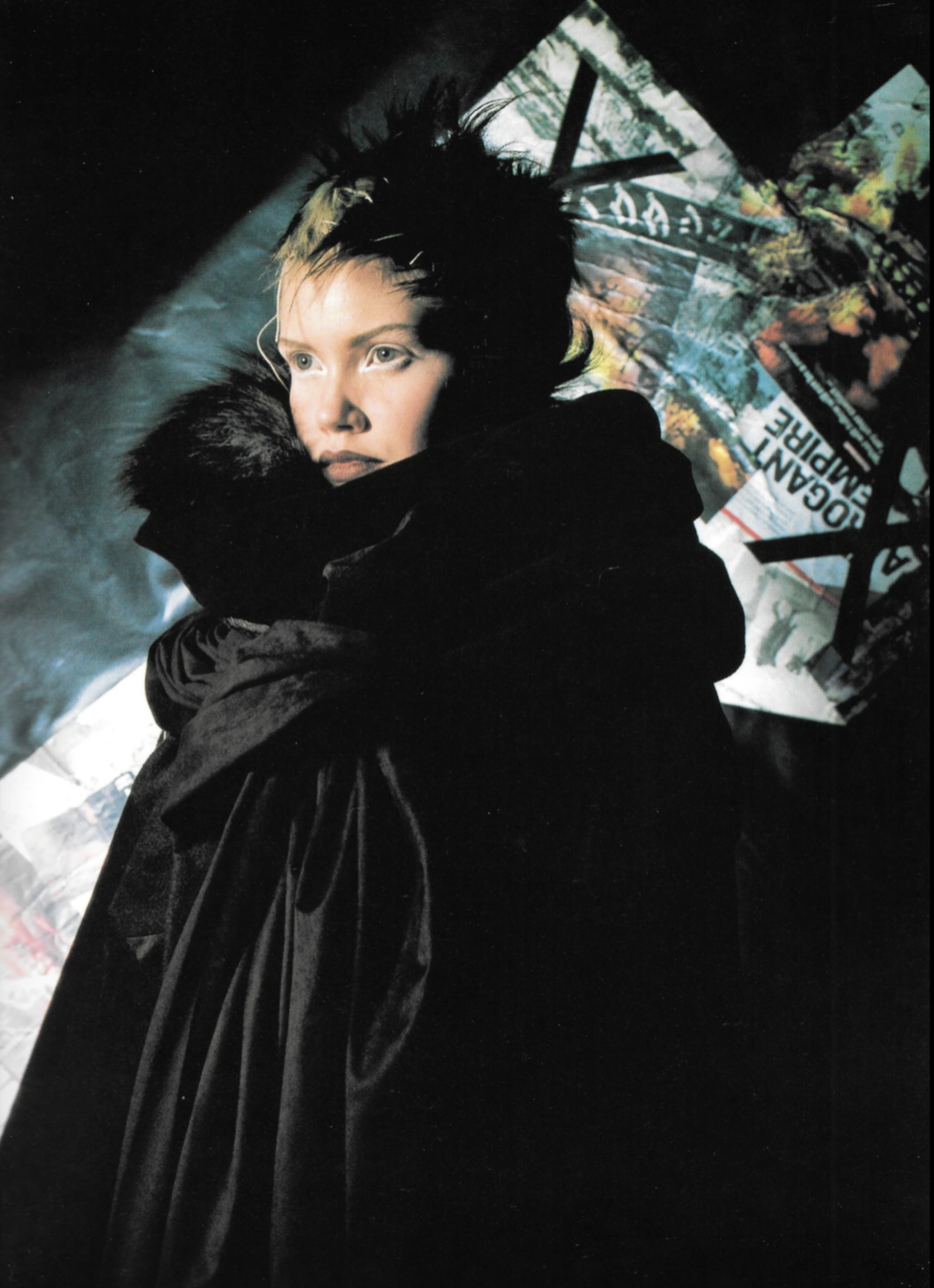The Predecessor Of fragment design - Electric Cottage

By now, most of you reading this are familiar with the impact and importance of the Urahara-era in Japan. Jun "JONIO" Takahashi's UNDERCOVER, NIGO "2GO"'s BAPE, Tetsu "TET" Nishiyama's WTAPS, Shinsuke "TAKISHIN" Takizawa's NEIGHBORHOOD all became the brands they are today during this period.
Nobody can deny the greatness of these brands and designers, but there was one name who stands out from the rest, the "godfather of streetwear": Hiroshi "HF" Fujiwara.
Many of you might know Hiroshi Fujiwara as the man behind fragment design, one of the design units today that turns everyone's necks every collab they do. Although fragment is iconic & important, he is so much more than just that. Giants like Kim Jones and the late Virgil Abloh list him as one of their biggest inspirations. From his iconic magazine serializations like the "Last Orgy" trilogy and "A Little Knowledge" to the countless brands he's worked on and been a part of, the street scene, the fashion scene, culture in general would not be the same if HF had not been a part of it.
While we want to introduce to you all the brands and projects he started and worked on, today we focus on one of his key brands: Electric Cottage.
Today we have fragment design, but many of you might not be aware that it wasn't Hiroshi's first project to use the iconic thunderbolt logo. Founded by HF in 1994, Electric Cottage was a streetwear brand that played a big role in the Urahara-era. Named by Shawn Stussy, Electric Cottage was the original brand to feature the thunder bolt logo we are familiar with today.
Having collaborated with brands like Stussy, Nike, NEIGHBORHOOD, HF's other brands like Goodenough, More About Less to name a few, at the time Electric Cottage was very hard to get your hands on much like many other Urahara brands.
Not much info is available today about the brand today, but Hiroshi Fujiwara discontinued the brand at the same time he closed his legendary store READY MADE. It made a brief comeback in 2002, but shortly after became fragment design in 2003.



![PEOPLE OF THE APE! for Smart Max Vol. 2 [2001]](https://images.squarespace-cdn.com/content/v1/57825361440243db4a4b7830/1664168533768-OTX6EVT60QUMT8O6CXVI/308677209_497709145189756_6943226394915914090_n.jpg)
![DJ Hiroshi Fujiwara for Boon Magazine [2005]](https://images.squarespace-cdn.com/content/v1/57825361440243db4a4b7830/1666262410823-4CDPIAUMVY5KJQX0F14I/1BBFE35C-050B-48C0-8342-4BECD2EC170B+%281%29.JPG)
